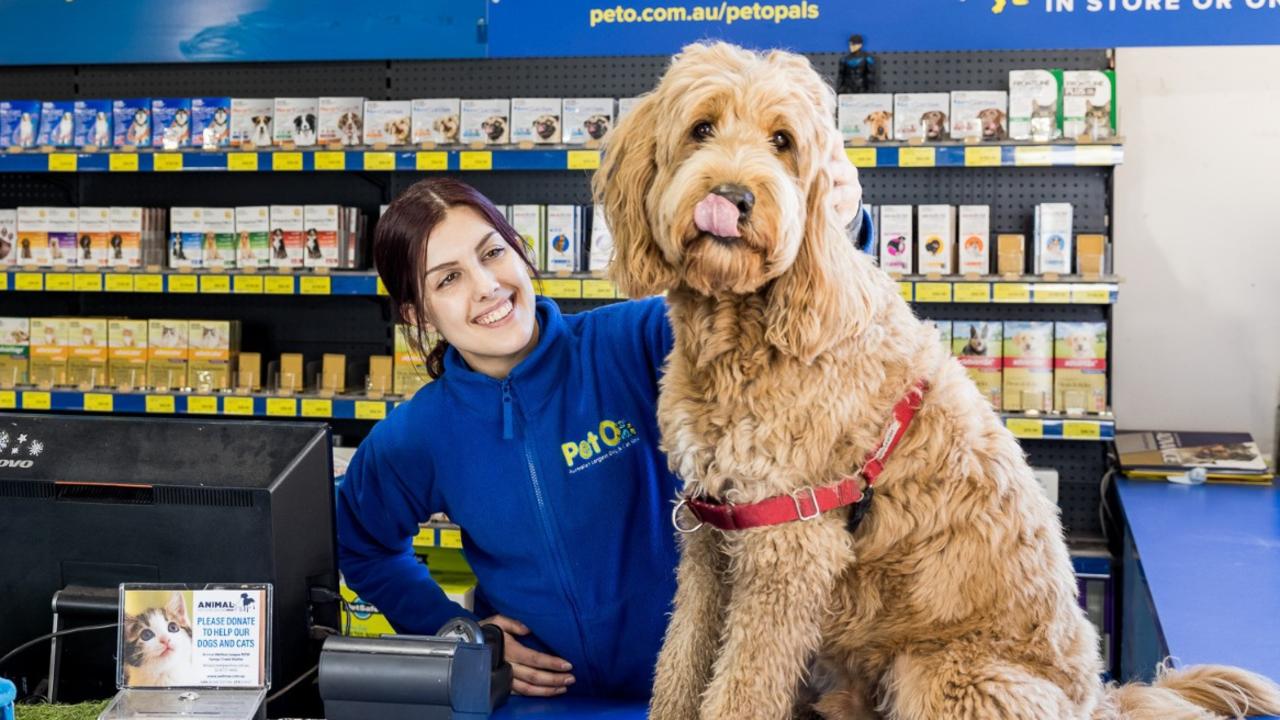Will Bunnings’ big gamble pay off?
IT TRUMPETS low prices, but Bunnings paid top dollar to enter a new market. The move has raised questions, and it could prove costly.

WITH a lake outside its front entrance and ducks flying past its large white atrium it’s like no Bunnings store you’ve ever seen.
But while all is calm and idyllic outside, it’s nothing short of retail chaos within and it’s causing headaches at the Perth headquarters of Wesfarmers, Bunnings’ parent.
As soon as you walk into the cramped store, far smaller than the usual Bunnings, the problems are obvious. It makes Masters look like a masterclass in retailing.
The usual hardware fare of timber and paint is squashed uncomfortably alongside animal-themed doorstops and muffin tins, TV cables and all-in-one remote controls — things you’d expect from a Kmart not a Bunnings.
Some shelves are empty and signage is scuffed and sad. A wilting, probably dead, plant is on sale for $3. A customer, shuffling grumpily around the store, can be heard to say “everything’s in the wrong place”.
The store is not located in the suburb of an Australian city but 14,000 kilometres away in south-east London.
The name above the door, Homebase, is unfamiliar to Australian shoppers. But within months it could be changed to Bunnings with the Australian retailer spending a cool $700m to buy the chain in January with the intention of spending another $1bn rebranding all the stores under its own name.
Britain’s first Bunnings is due to open by the end of the year.
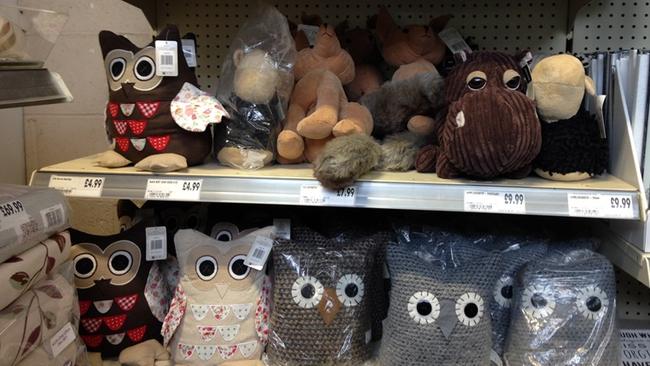
WESFARMERS’ MASTERS?
The move to crack one of Europe’s biggest retail markets is audacious but it has analysts worried that the purchase could be a multi-billion dollar disaster similar to Woolworths’ experience with Masters.
A British retail expert told news.com.au: “Bunnings couldn’t have timed their entry much worse” into the UK market.
But Bunnings is bullish and sticking to its guns that it can make Britain a success. With the UK’s top two hardware chains having a market share of less than 15 per cent, compared to Bunnings’ more than 20 per cent share of the Aussie market, the company sees room to grow.
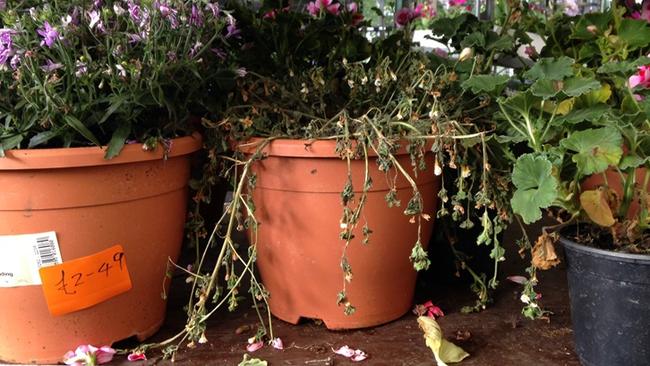
LOW HANGING FRUIT
In trying to appeal to everyone, from the professional builder looking for screws to the luxury nester looking to splash out on $200 bed sheets, Homebase has ended up appealing to no one.
“Homebase has been seen to operate at the softer end of DIY in terms of home adornment rather than the heavier end targeted at tradesmen,” John Pal, a senior lecturer in retailing at the University of Manchester’s business school, told news.com.au.
The brand had been losing market share, he said, as have some of its rivals.
Certainly, Bunnings has wasted no time in picking off the low hanging fruit at Homebase. Already they’ve introduced a new slogan “always low prices”, not dissimilar to its own catchphrase. Homebase’s odd habit of giving valuable space in its stores to other retailers is to be scrapped allowing it to expand its own ranges.
The next steps, of a new name above the door and streamlined product range, will go some way to giving the chain a clearer market position.
But other challenges are ahead. Not the least of which are Homebase’s cutthroat rivals.
Britain’s biggest DIY retailer B & Q, owned by Kingfisher the world’s third largest hardware group, has a store just minutes away and the contrast could not be starker.
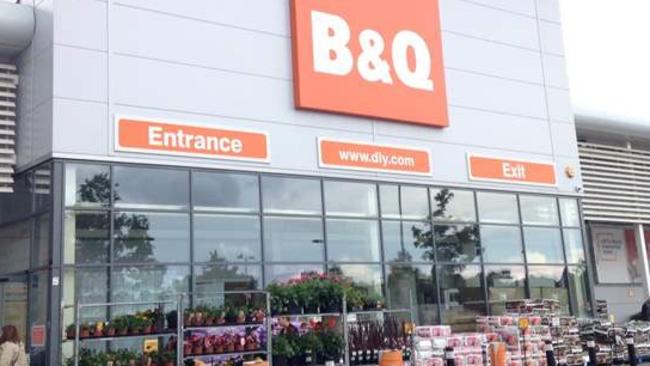
AROMA OF SAW DUST
Brightly lit, clean and uncluttered, the store has the warm aroma of saw dust while the reassuring sound of timber being cut fills the space. A section of the store is dedicated to tradies with promises of wholesale prices.
A few suburbs away Wickes, the third player in the market, is sleek and modern and targeted at professionals. Forklifts zoom around the aisles while the store is full of everything you need for a builder to kit out your new home from shiny taps and crisp white baths.
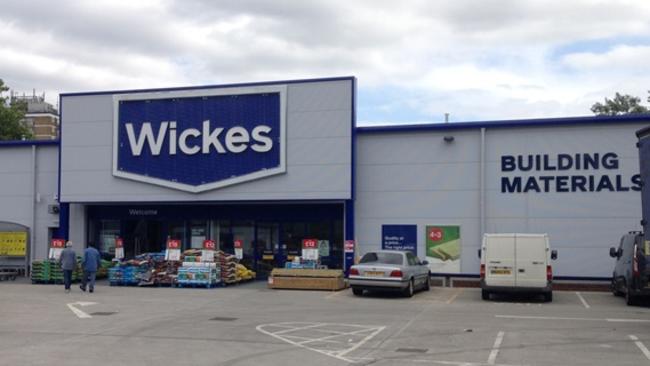
FIGHT
The problem for Bunnings is that, between them, Wickes and B & Q already inhabit the space that it does in Australia — appealing to both the serious tradie and the home improvement weekend warrior. Neither will give up that space without a fight.
Bunnings’ decision to ditch Homebase’s entire management team with its own executives has also raised eyebrows among British retail watchers.
Neil Saunders, managing director of UK retail research company Conlumino, quoted in the UK’s RetailWeek, said it was an ominous sign.
“I have a feeling they think they are going to replicate the Australian model over here. That’s fine but the big difference is they don’t have [B & Q] in Australia. [There’s] a different dynamic in the UK.”
Nevertheless, Mr Saunders said Bunnings had deep enough pockets to give it a red-hot go.
In its favour, none of its UK competitors have the almost religious like fervour attached to them that Bunnings enjoys on its home turf.
“There isn’t a great deal of brand loyalty in the sector with customers generally buying on the basis of convenience related to the distance to the [nearest] store,” said Mr Pal. An online offer, simple ranges and keen prices were vital, he added.
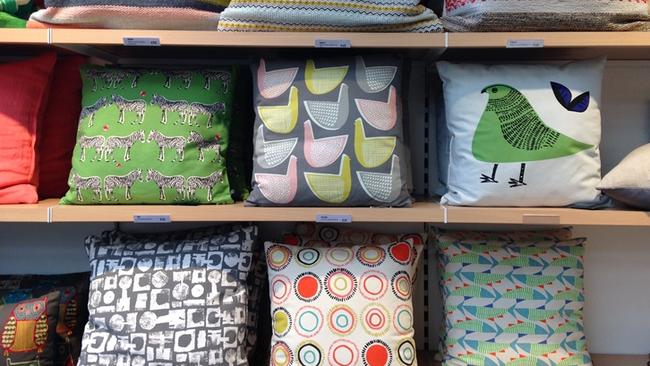
‘NOT A WELL-RUN BUSINESS’
But building that brand awareness from scratch is another hurdle for Bunnings. Already, there are giggles in the UK about the unfamiliar name. And while some Australian retail brands have succeeded in Britain — including Westfield and Smiggle — other overseas brands have stumbled.
“The last foreign entrant was the US electrical goods chain Best Buy that sought to enter the market by building its own stores. Despite its international reputation the firm exited the market fairly soon afterwards,” said Mr Pal, citing the strength of domestic retailers and Best Buy’s difficulty in establishing what it stood for.
Almost two decades after entering Britain, even the world’s largest retailer — Walmart — has shied away from renaming its UK subsidiary Asda to its own brand.
Bunnings were reluctant to comment to news.com.au on the struggles to establish the brand in Britain.
But at a strategy briefing last month, Bunnings chief John Gillam was at pains to say they weren’t taking UK shoppers for granted but maintaining the Homebase brand was a definite no-no.
“It is not a well-run business. It’s had a decade of poor management. Homebase currently can’t do what Bunnings Warehouse does,” he said. “So if we stay with Homebase we have a lid on how much we can invest,” reported the Australian.
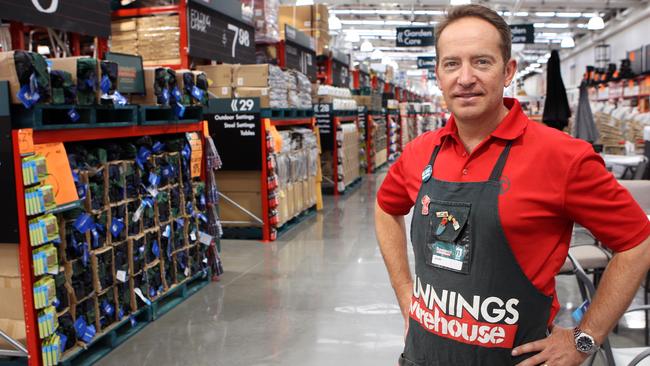
HEAVY LOSSES
But with the UK currently mired in a political crisis following the Brexit vote, some have questioned if Bunnings wouldn’t, in hindsight, now have wished they’d left Homebase on the shelf.
“Bunnings couldn’t have timed their entry much worse given the UK’s forthcoming exit from the EU which may well have a dampening effect on disposable incomes, house moves and house prices,” Mr Pal told news.com.au.
Bank of America Merrill Lynch analyst David Errington also criticised Wesfarmers for its UK adventure saying a likely consumer downturn could lead to “heavy losses” at Homebase.
“If Wesfarmers elects to push on with its plans to spend $1b in restructuring the business … the capital lost to shareholders would grow up to $4b,” he said.
But Mr Gillam shrugged off the criticism and said the Homebase buy was a “wonderful opportunity”.
In a communication sent to staff, seen by Fairfax, Bunnings said they had “no fear of tough economic times” and its UK plans remained.
Nevertheless, Bunnings has given itself a get out clause allowing it to put the brakes on ploughing the full $1bn into Homebase. “If the pilots don’t work, we don’t invest,” Mr Gillam said.
What happens then, with a failing chain under its wing, is anyone’s guess.
In Perth they will be hoping Homebase won’t become Wesfarmers’ Masters. Otherwise it’s share price will be worth about as much as a wilting plant at a hardware store in south-east London.




